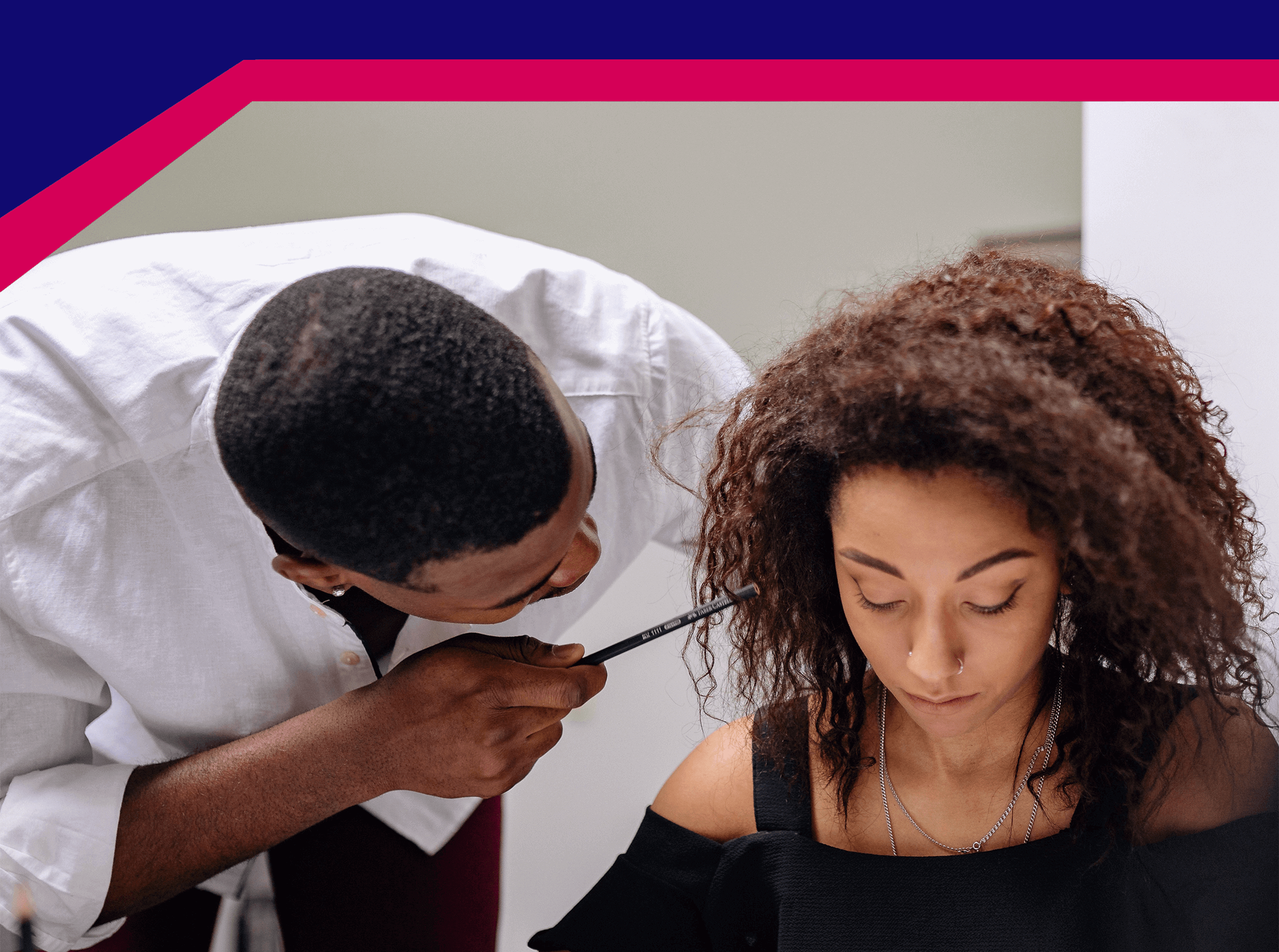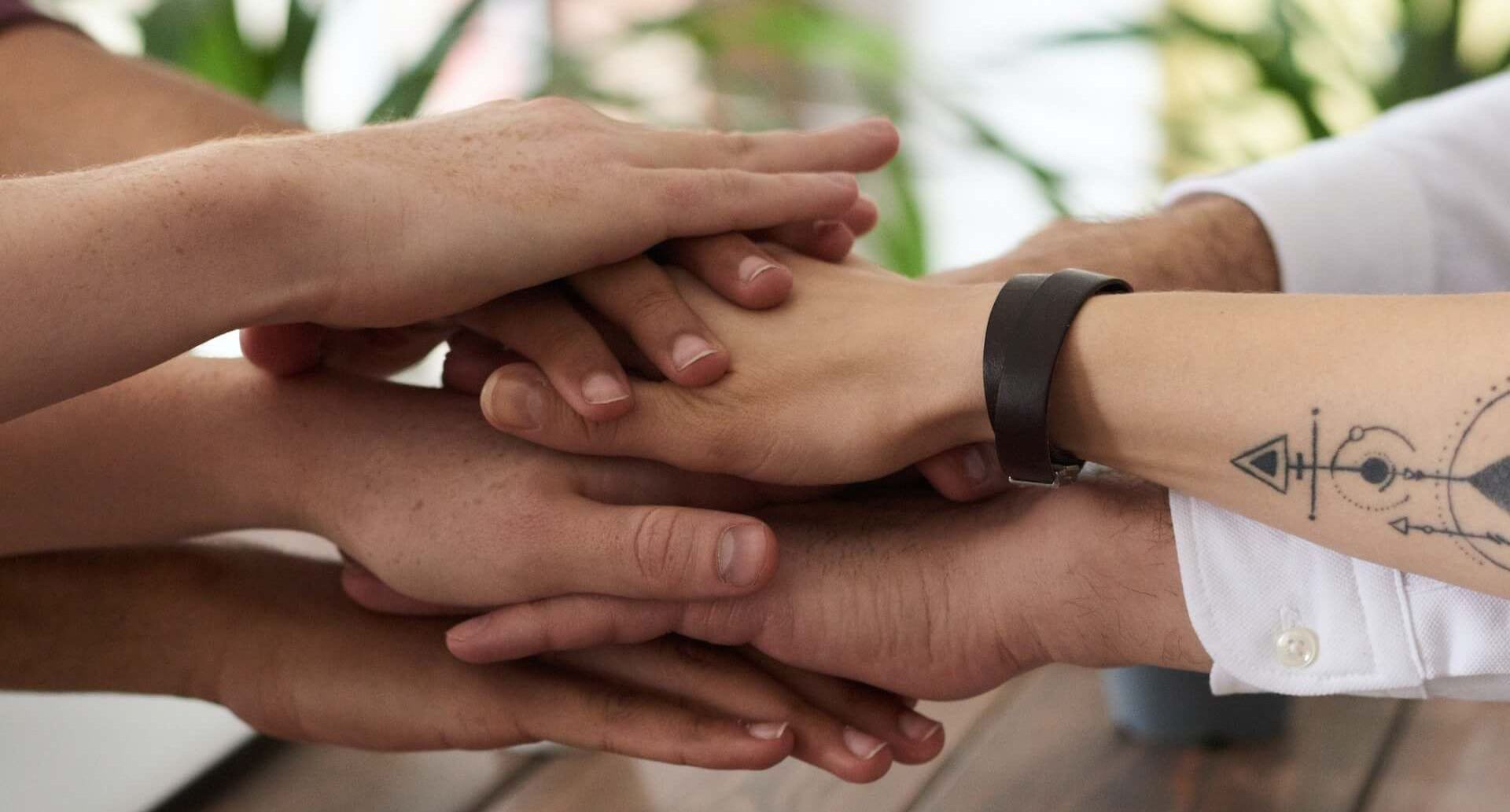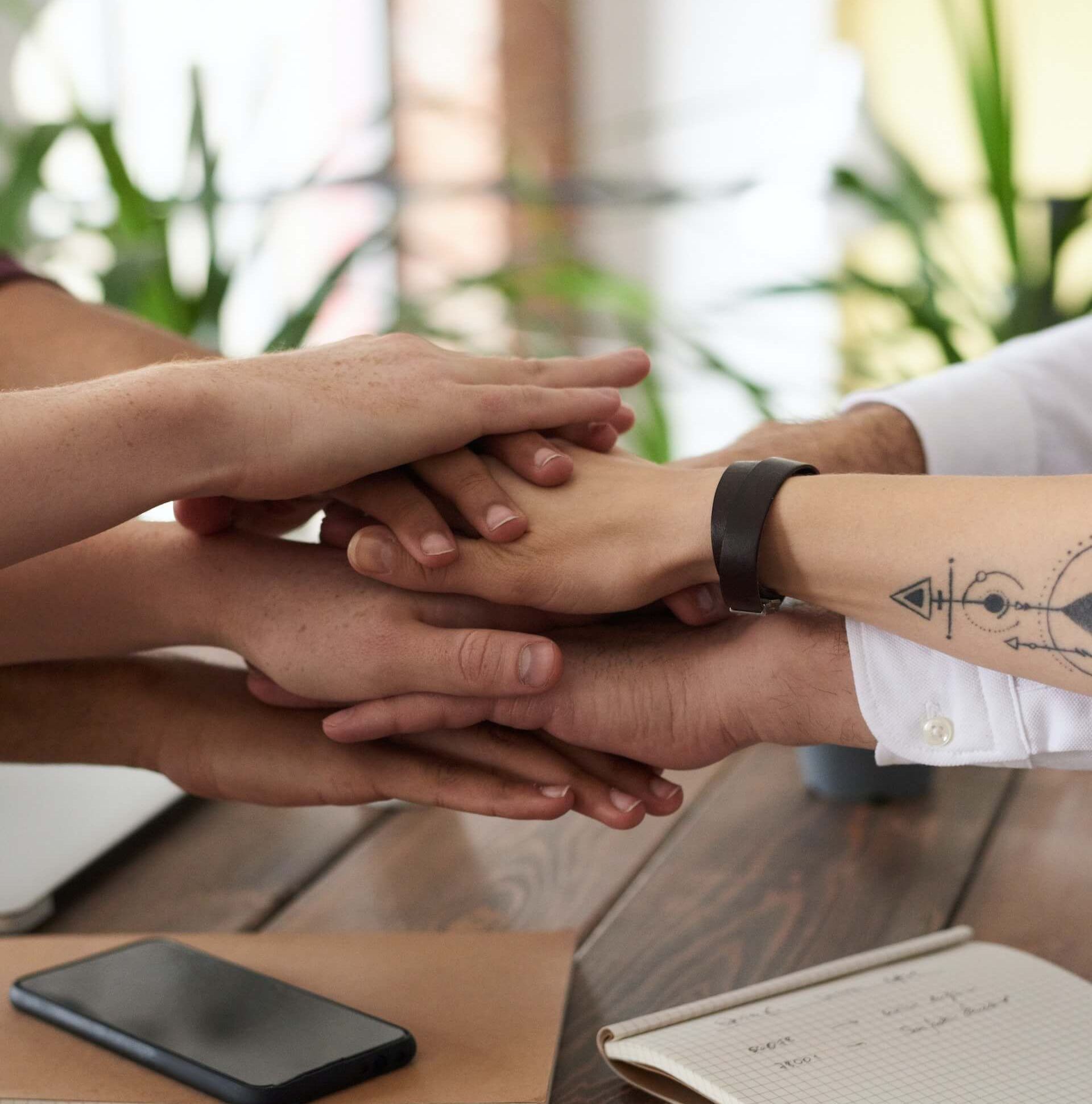Explore and read more about what we do at VictimFocus

We support victims of trauma and abuse in a number of ways.
Read more about what we do at
VictimFocus
below
- Improving victim care
- Addressing vicarious trauma of professionals
- Specialising in VAWG
- Addressing sexism and misogyny in the workplace
- Implementing trauma-informed practice
- Addressing victim blaming in practice
- Addressing oppressions, stereotyping and bias in practice
Improving victim care
We are dedicated to improving victim care
VictimFocus works with police forces and with the wider criminal justice system (including non-profits) to improve training, services, resources, advice, support, and research for professionals working with victims and witnesses of crime.
Addressing vicarious trauma of professionals
What is vicarious trauma?
Vicarious trauma, or 'secondary trauma' refers to the harm and negative psychological impact that occurs when an individual is repeatedly exposed to the trauma of others. It is exceptionally common in professionals who work with those in crisis and can have a profound impact not only on their ability to do their job, but also on them as individuals.
Specialising in VAWG
VictimFocus have often led the conversation around violence against women and girls and victim blaming. In 2019 Dr Jessica Taylor published her PhD that set out the first ever integrated theory of victim blaming. Global statistics suggest that women and girls are extremely likely to be subjected to violence and abuse on numerous occasions in their lifetime.
Addressing sexism and misogyny in the workplace
In recent years, sexism and misogyny in the workplace has been in the spotlight due to the devastating impact it has had on employees, stakeholders, and service users alike. This has been prominent across all sectors from HR organisations, to emergency services, with several recent government reports highlighting the issue. VictimFocus are proud to work with many organisations and services on this issue who are committed to making positive change, in a judgement-free, and progress-driven environment.
Implementing trauma-informed practice
VictimFocus are a leading organisation in trauma-informed practice. We support many services and organisations to explore and implement trauma-informed working to better the environment not only for those who have experienced and been subjected to trauma, but also for the benefit and care of staff and colleagues. We're very passionate to hold contracts with schools, police forces, social services, residential care services, HR organisations, charities, NHS trusts and more.
Addressing victim-blaming in practice
What is victim-blaming and how can we stop it from happening?
Our main goal here at VictimFocus is to eradicate victim-blaming of people subjected to trauma, abuse and violence. It is our main area of expertise, and we work consistently to create solutions to harmful and life-changing victim-blaming narratives and practices.
Addressing oppression, stereotyping and bias in practice
How can you use and apply this knowledge in the real world?
In all of our work here at VictimFocus, we must keep a close eye on the way all of our expert subjects are impacted and influenced by oppression, stereotyping and biases about people and their cultures, traditions and roles in society.












